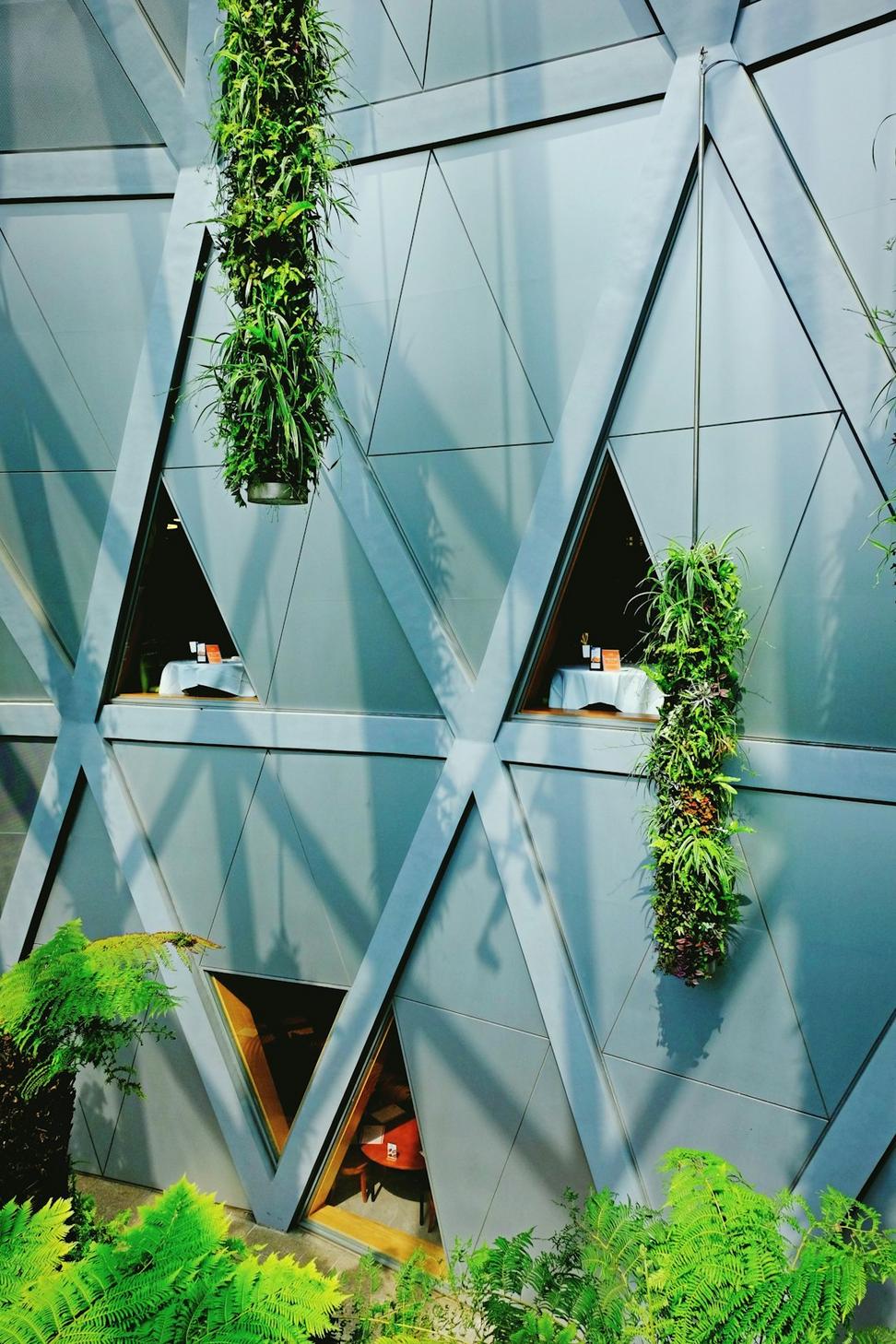Projects Where It All Came Together
Filter through some of our work where sustainability wasn't an afterthought—it was the whole point.
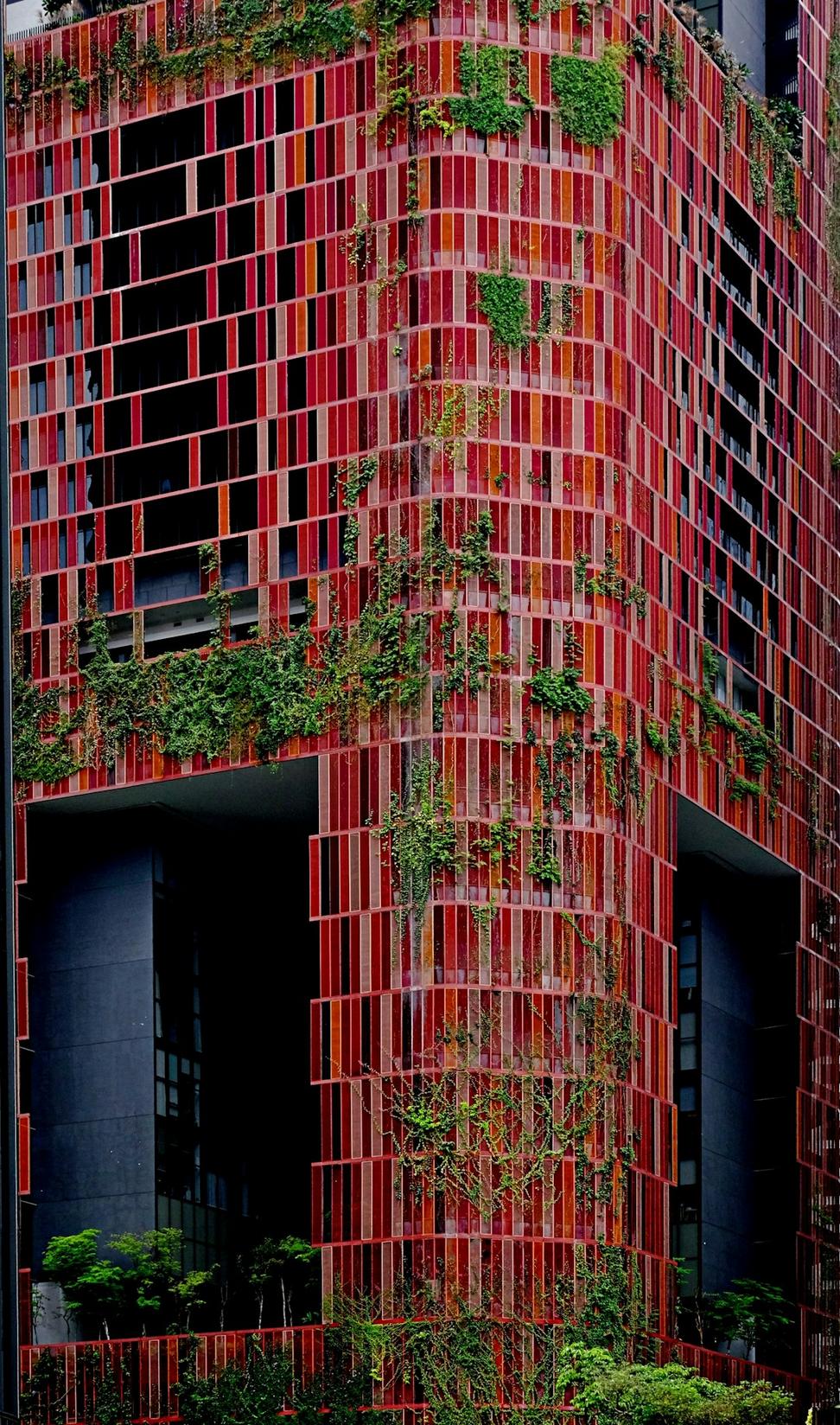 LEED Gold
LEED Gold
Liberty Commons
Mixed-Use Development | 2023
Six-story mixed-use that pulls off retail, office, and residential without compromising on green space or energy efficiency.
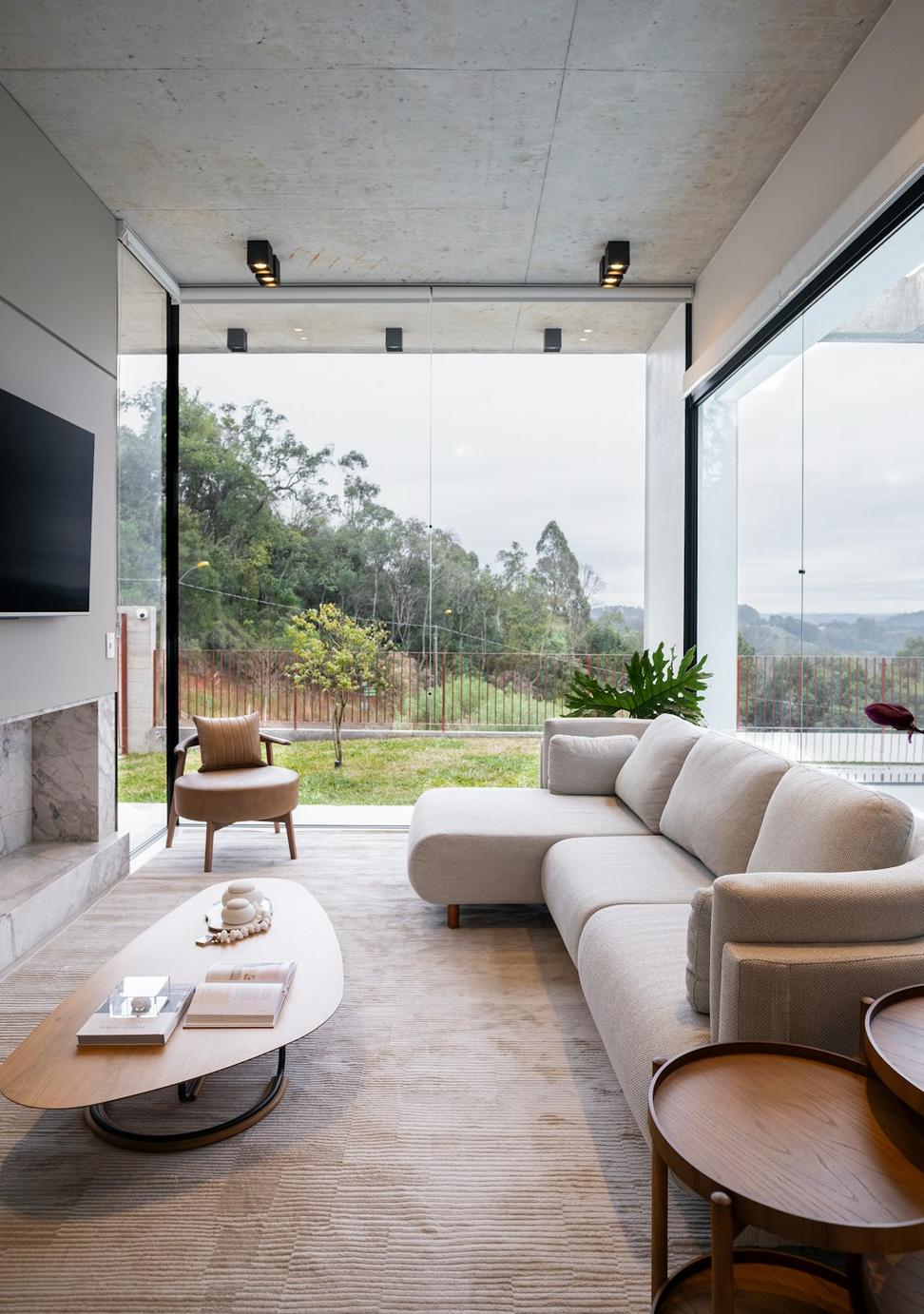 Passive House
Passive House
Rosedale Passive House
Single Family Residence | 2024
Our first certified Passive House in Toronto. Heating bills under $200/year for a 3,200 sq ft home. Yeah, really.
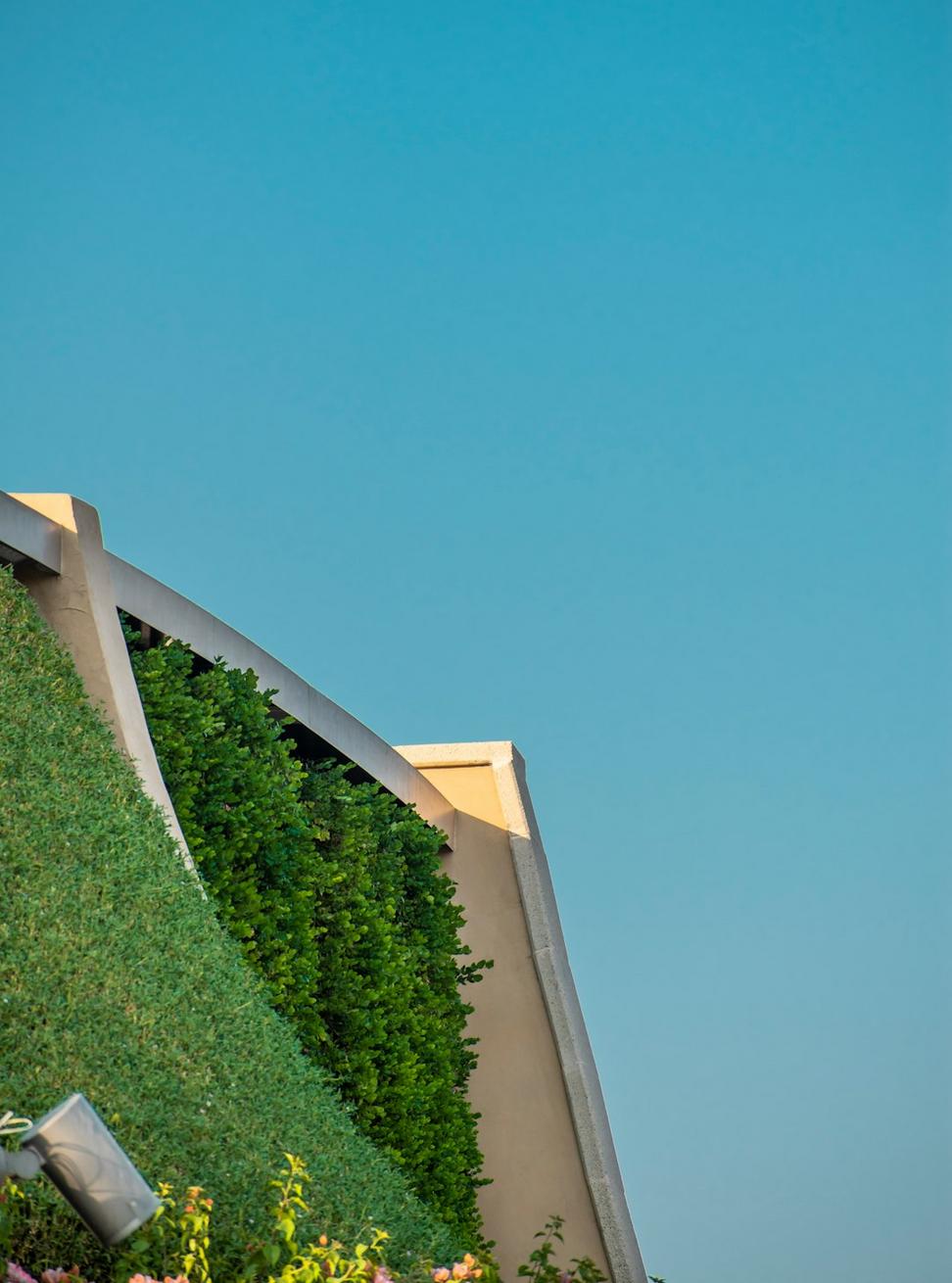 LEED Platinum
LEED Platinum
Evergreen Office Tower
Commercial Office | 2022
Eight floors of office space with a green roof that's become a legit urban ecosystem. Birds love it, tenants love it, energy bills don't.
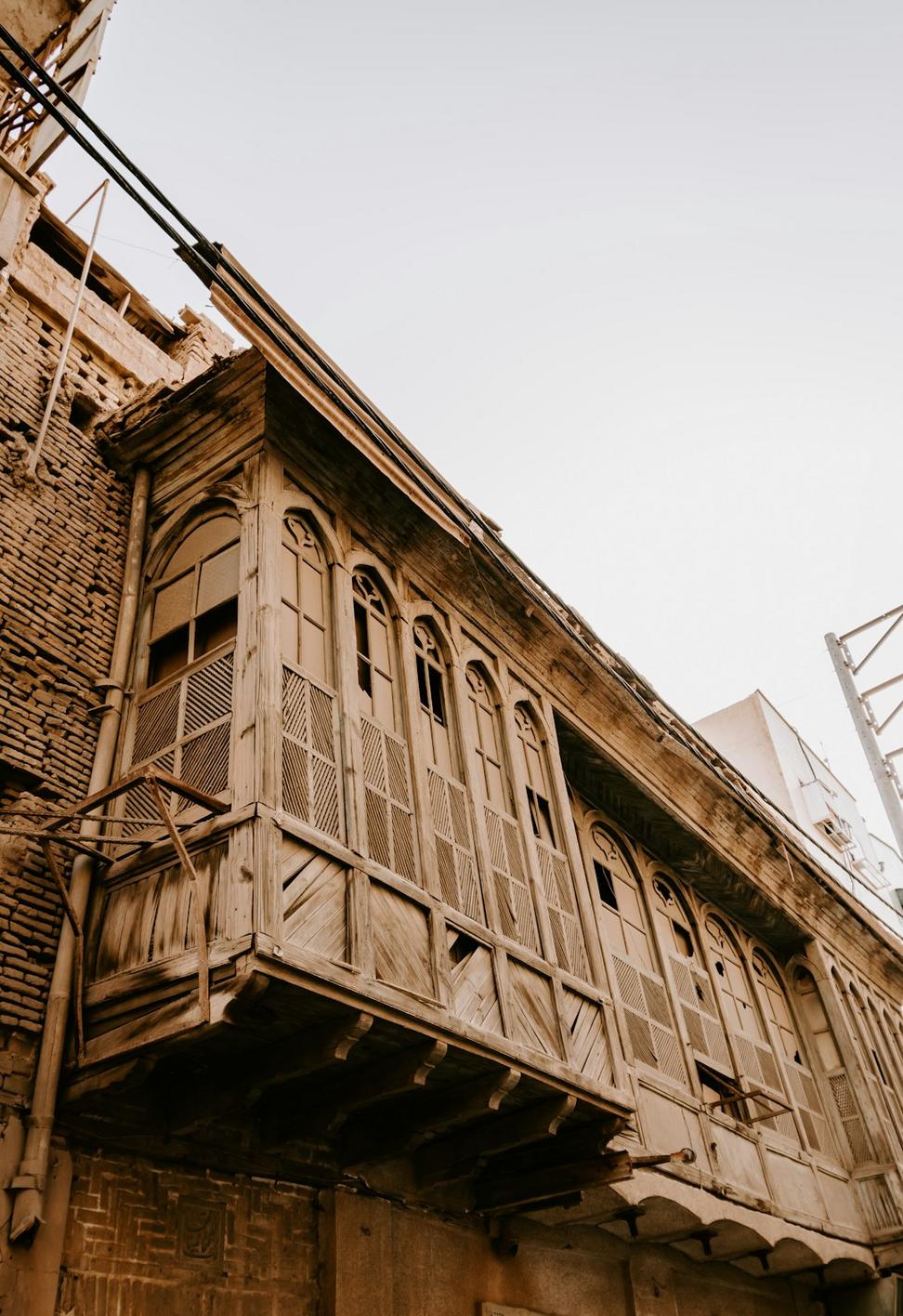 Heritage
Heritage
Queen Street Heritage Retrofit
Heritage Restoration | 2023
1920s warehouse that needed serious help. Kept the character, upgraded everything else. Energy use down 62% from baseline.
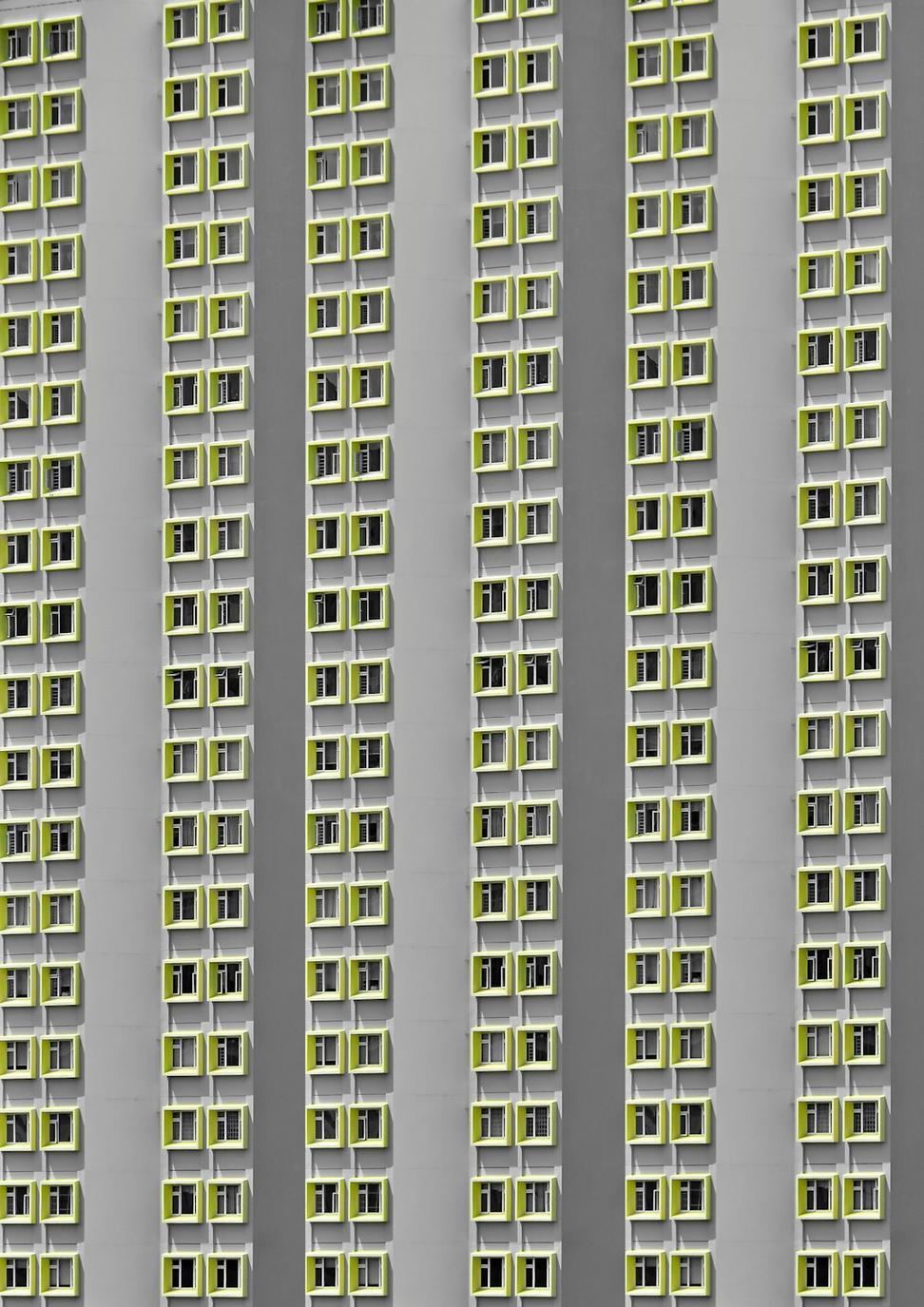 Net Zero
Net Zero
Junction Triangle Townhomes
Multi-Unit Residential | 2024
Nine townhomes that produce as much energy as they consume. Solar arrays, geothermal, the works—but they still look like homes, not science experiments.
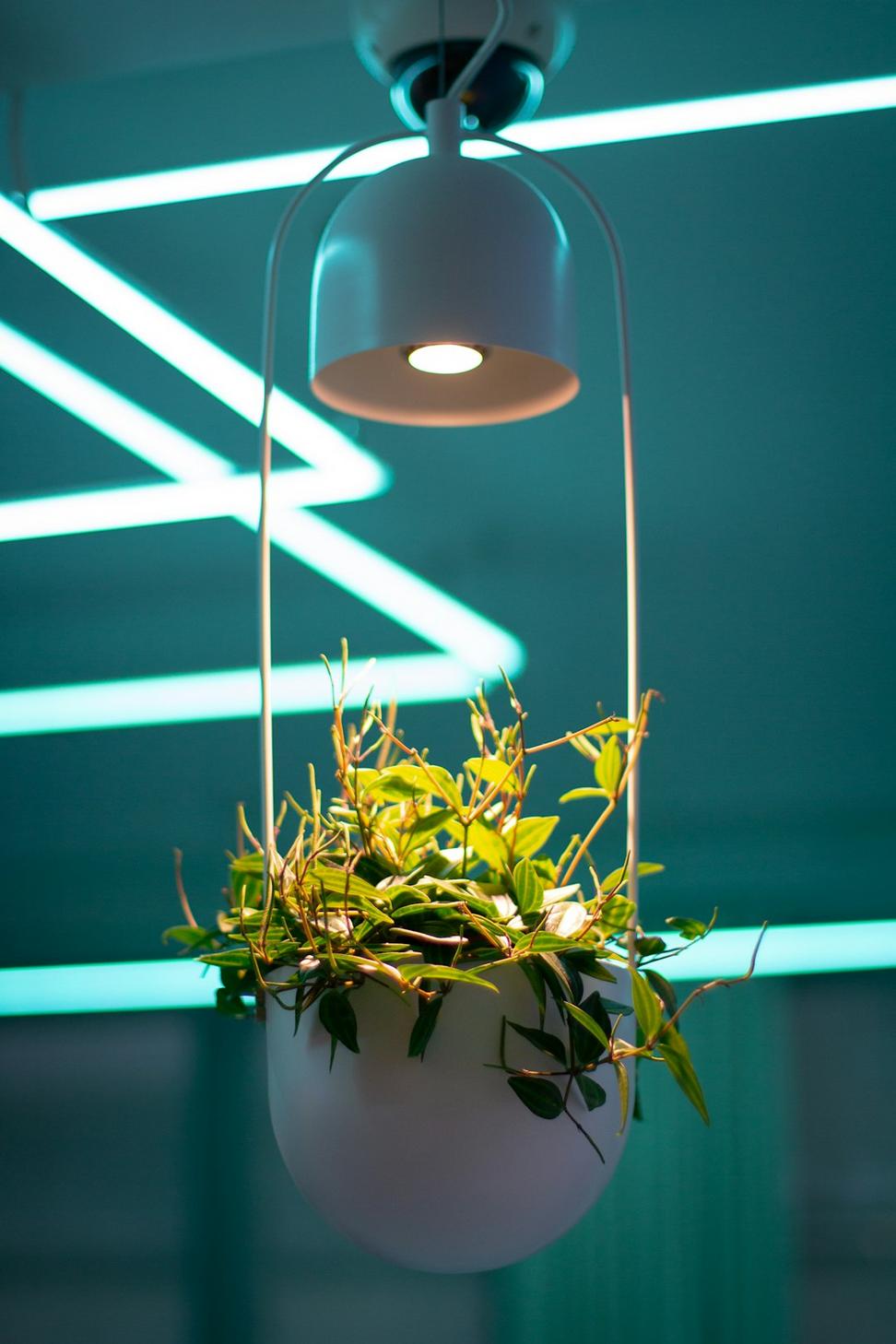 LEED Silver
LEED Silver
Harbourfront Culinary Center
Commercial Hospitality | 2023
Restaurant and test kitchen with rainwater-fed rooftop garden. The food literally comes from the roof. Greywater system handles the rest.
